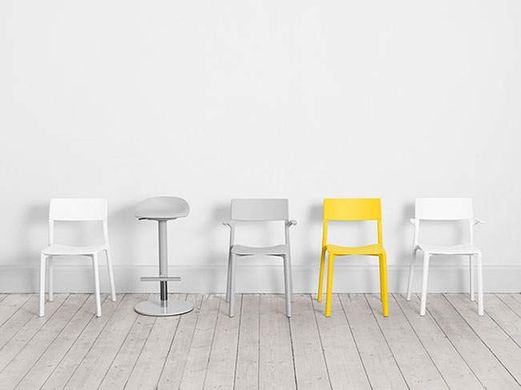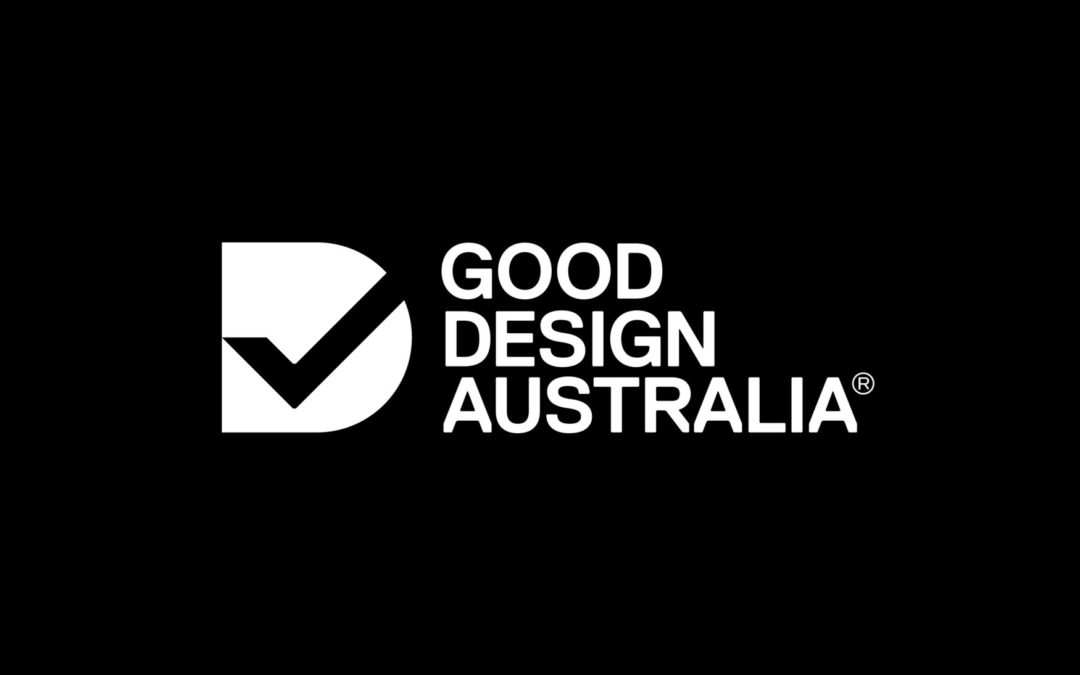The conversation with Bertrand Derome was rewarding because we talk about several topics all related to sustainability. To do so, he used examples or projects that he had to deal with. As an expert in sustainability, it helps me to understand more about this subject and open my mind even more. I discovered a lot this meeting. I’ll give you an advice, if you have the opportunity to meet up with expert, do it because you will learn a lot from it.
Let’s start with the beginning, is sustainability hard to implement in a company?
In 2008, Bertrand and his team did a test with 30 companies which were doing a transition towards sustainability in Quebec and France. After 18 months of research and application of a sustainable business plan, 94% of those companies were making the same profits or better. Those are really encouraging results because it means that even if some companies still have the same profit, they are helping the earth to get better. Also, they can advertise about the fact that they are creating sustainable product. In 2014, they did the same experience with 119 companies in France and Quebec and the result is the same. Investing towards sustainability means that, if you are not lucky, it is not going to increase your profit but the image of your company will gain from the fact that you are sustainable. You will look good to the rest of the world. And those 119 companies chosen to do the step. In North America, there are no laws saying that companies should have a minimum of anything towards sustainability. Just a few of them are investing in sustainability which is a shame because it means that we have to convince all the manufacturer that they have to change and that everything is going slower than it could be. If we compare North America to Europe, Europe is better in this field because they have to respect some quotas. They have a lot of laws about architecture, wastes etc… The problem is that some companies are struggling to make the change and keep doing profits but they have to because of the laws. If you want to create a company in Europe, you will have to respect those laws and those quotas. It is a good thing. Politics and laws can have a real influence to change to world and to protect it.
Between 2006 and 2008, there was a pic of enthusiasm towards sustainability. Even if some experts were talking about the climate change and sustainability since a long time, companies and consumers were finally starting to pay attention. The issue for most of the companies was that it was too expensive to change. And it is true. At first, it can expensive but it doesn’t have to be. If it is, just remember that, investing in sustainability might be more expensive at first but in a middle-long term, it is more than profitable. For example, if you buy a pair of shoes at 40€ but they last one year, or you buy a pair of shoes at 250€ but they last ten years, which one should you choose? Well, most of the companies were choosing the first option. So, between 2012 and 2016, the enthusiasms was not here anymore. Nevertheless, some companies did the change anyway. The issue is that it is easier to talk about sustainability with big companies because they take more time to see the big picture. The decisions are not made in the rush. Also, those big companies are most of the time more mature and have the treasury to do the step. Smaller companies are more willing, most of the time, to change or start a business respecting sustainability. However, some of them rush into it and don’t create the best sustainable business plan.
When they do, it can be really great. Bertrand told me what happened with one of the client he was working for and I hope that more and more companies are or will be that like. At least, they should. This example is about a hot tub company in Canada. This company was building hot tub because it is really famous and popular in this country. It was a rentable business. After doing a test about knowing if the hot tub was sustainable or not, they realized that even if they were using 400 liters of water, 85% of the non-sustainable part was due to energy loss. What they did was to ask themselves if they had to improve the technology or to rethink the product. The goal of this company was to bring happiness and relaxing time in the water room. They decided to create a product that was using steam and light therapy. That way, they became sustainable and created a new product and a new market.
How to do a good design?
Bertrand and his team had to design a desk with a storage unit. To make it easier to work, they added a light under the storage unit because it was too dark to work. They realized that the storage unit was creating shadow on the desk and that’s why they needed a light. After redesigning the all desk, the realized that it was more efficient and more sustainable just to move the storage unit on the side of the desk. When you design a product or else, remember that every choice you do is going to have some consequences.
It is the same about where you manufacture your product. I though, like a lot of person I guess, that manufacturing locally was better. Well, Bertrand taught me that it is a world wild say but it is not true all the time. It will depends on how you export this product. Manufacturing a product in China, sending it by boat to Vancouver, then use the train from Vancouver to Montreal as the same impact as manufacturing it in Toronto and use a truck to send the product to Montreal. Of course, if you send those product by train from Toronto to Montreal, it is way more efficient and the CO2 impact will be really small. Manufacturing locally is great because it is going to create so job and help the economy of the country.
What about agriculture?
Another question was, do you prefer to eat vegetable produced locally but with OGM, or do you prefer to import bio vegetables? And our answer with Bertrand was to say it is better to import bio vegetables because if we look at the middle term picture, farmers will have to stop using OGM to respond to the increasing demand of bio vegetables. The soil is slowly going to get better, and we are going to stop slowly kill our self. Also, using more plastic could be a solution to make agriculture more sustainable. Let me explain. Plastic represent between 5 and 15% of the sustainable impact of agriculture. But vegetables waste represent between 35 and 45%. If we increase the amount of plastic to protect vegetables and help to reduce those waste, it could be a win . I’m not saying that plastic is the best solution in general, but in this contest, it may be not too bad just to think about it. The best way should be to rethink all the vegetables distribution to reduce all the wastes though. You might think, why not use paper? Well, paper is not that great either. Let’s take the example of bags. A plastic bag will need only 0.7 liter per bag compare to a paper bag needing 8 times this amount. Also, the eutrophication (degradation in an aquatic environment) of a paper bag is 6 time higher than the plastic bag. Another good point for plastic bags, they produce only 137 grams of CO2 during its life time. Paper bags produce 30% more. But the good points about paper are that in the water, it’s decompose more easily which make all the fishes and turtle safe. Also, it is a reusable product. In France, we recycle 73% of the paper that we produce. Nowadays, we have new types of plastic like bio plastic which are recycled. The issue is that they are more expensive than plastic as we know it. This is why some companies which were trying to use bio plastic come back to normal plastic. The point of this example is to show that every decision has an impact that can be good or less worth than the other.
The advice of Bertrand Derome is that if you really want to understand and to do better sustainable design, you should visit a recycling factory. It will allows you to see how you can create your products and make it easier to choose which materials you should use, how to use then and else. If you want to learn more about sustainable design to, you should read: Le Guide OKALA – Apprendre l’éco-design. There are a lot of information and it is a solid start to become a better sustainable designer.
Thank you WORLD DESIGN ORGANIZATION and Bertrand Derome for the warm welcome and go check their website if you want to what is happening and design: https://wdo.org/















